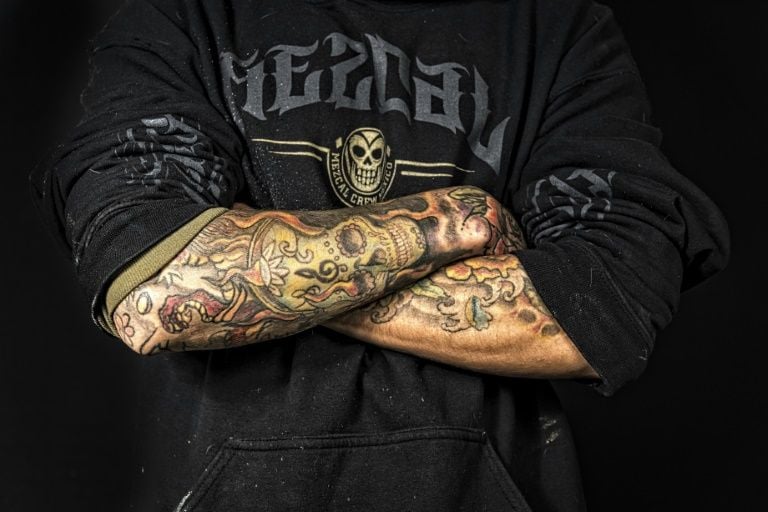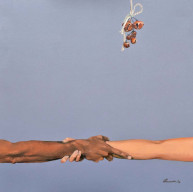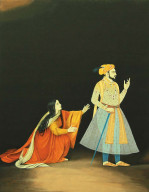
Ex-drug addict Fernando Rivera lived through hell as a youth from a poor and violent suburb of Mexico City - until art saved him.
Now, aged 24, he smiles as he shows the mask with a skull design that he wears when he creates paintings with a spray-can.
After spending time in a rehab clinic, he ended up at the Arts and Crafts Factory (FARO), a network of municipal centers that have saved thousands like him from lives of drugs and violence. "It is like being shipwrecked and then finding a place of refuge," he tells AFP.
Changing lives
The dead bodies of crime victims used to be found at dawn on the spot where the vast warehouses housing the FARO now stand, on the outskirts of the capital. The spot is home to the Eastern FARO, offering free workshops in art, crafts, drama, literature and more to 2,000 locals.
Mental health awareness: On the road to recovery via art
Rivera started off at the center six years ago on a photography course and traveled the country taking pictures of folk customs. That led to an interest in social anthropology, a subject he is now studying at university level.
Without the center, he says, "my life would have been totally different."
Arts versus drugs
"We are at war here against the gangs to see how you can recruit more young people - with culture or with drugs," says award-winning photojournalist Jesus Villaseca, who teaches at the center. He says authorities have neglected the surrounding Santa Martha Acatitla district.
Cracks run through the walls of the nearby houses and the ground, unrepaired following an earthquake. There are two jails in the neighborhood but no university. That is where the FARO - the acronym means "Lighthouse" in Spanish - comes in.
It started 18 years ago and has since spawned three other similar centers in other troubled neighborhoods.
One of Villaseca's students, Emiliano Lopez, aged just 12, has been taking photographs since he was six. He specialises in pictures of demonstrations. "Photographing protests is a way to give a voice to people," he says, "and also to express my own complaints."
Bold and empowered: Artist brings to life headstrong women
Escape from violence
Alam Yael Bernal recalls that his aunt brought him to the center "almost by force" when he was a child. He was living with relatives after seeing his mother killed in a shoot-out that landed his father in jail when Alam was 11.
Many of his old schoolmates are either dead, jobless or in gangs. But Bernal, now 23, is studying politics at FARO. He wants to study to become a journalist to report on politics and social justice.
On arriving, "I believed in nothing. I did not trust the institutions," he recalls. "This helped me find a way out."
Hip-hop survivor
Guadalupe Vallejo, 39, records her own hip-hop songs in a studio at the FARO. She had a birth defect that has caused her to have a speech impediment and means she has to use a wheelchair.
"Don't hold back. Look at what I have done. I never stopped fighting," she says, in the lyrics of one of her songs. "You will not fall, and if you do, you'll get back up."












































COMMENTS
Comments are moderated and generally will be posted if they are on-topic and not abusive.
For more information, please see our Comments FAQ